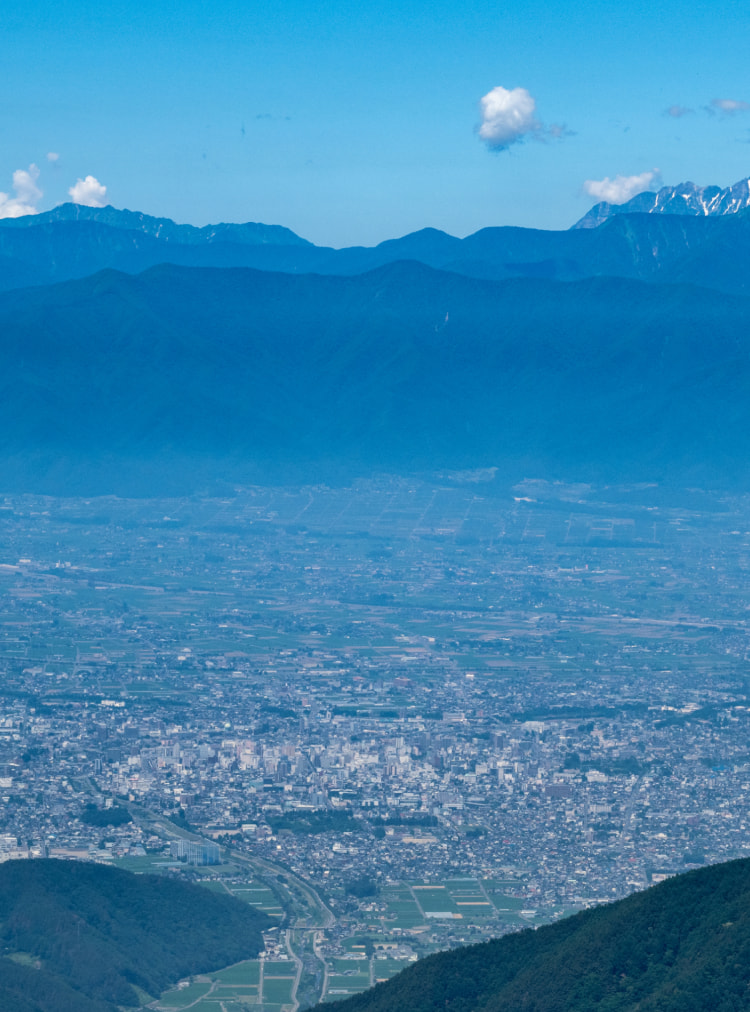
Matsumoto in Shinshu and Takayama in Hida continue to foster a new culture while cherishing their ancient traditions. Connected by the Northern Alps, a series of 3,000-meter-high peaks between the two cities, this area is a travel destination where you can enjoy the great outdoors and the culture nurtured alongside nature. Immerse yourself in a lush natural terrain of precipitous rocky mountains, forests, valleys, highlands, and diverse and dynamic scenery where you may encounter rare animal, and plant life. Visitors can enjoy various activities throughout the four seasons, including mountain climbing, shower climbing, skiing, snowshoeing, and much more. Local dishes, sake, and onsen at the foot of the mountain offer a taste of the culture cultivated through lives blessed with forest resources and water.
“There is no better way to recharge after a day interacting with nature, than with delicious food, and a soak in the onsen.” “Every visit brings something new.” “Explore a deeper human connection through the warm hospitality of the local people”. “Learn about the unique culture and history and enrich your knowledge.” “Feel a sense of personal growth.”
With so much to see and do, the Kita Alps Traverse Route will keep you coming back for more. This guide outlines the potential and the work we are doing to ensure the area keeps its appeal.
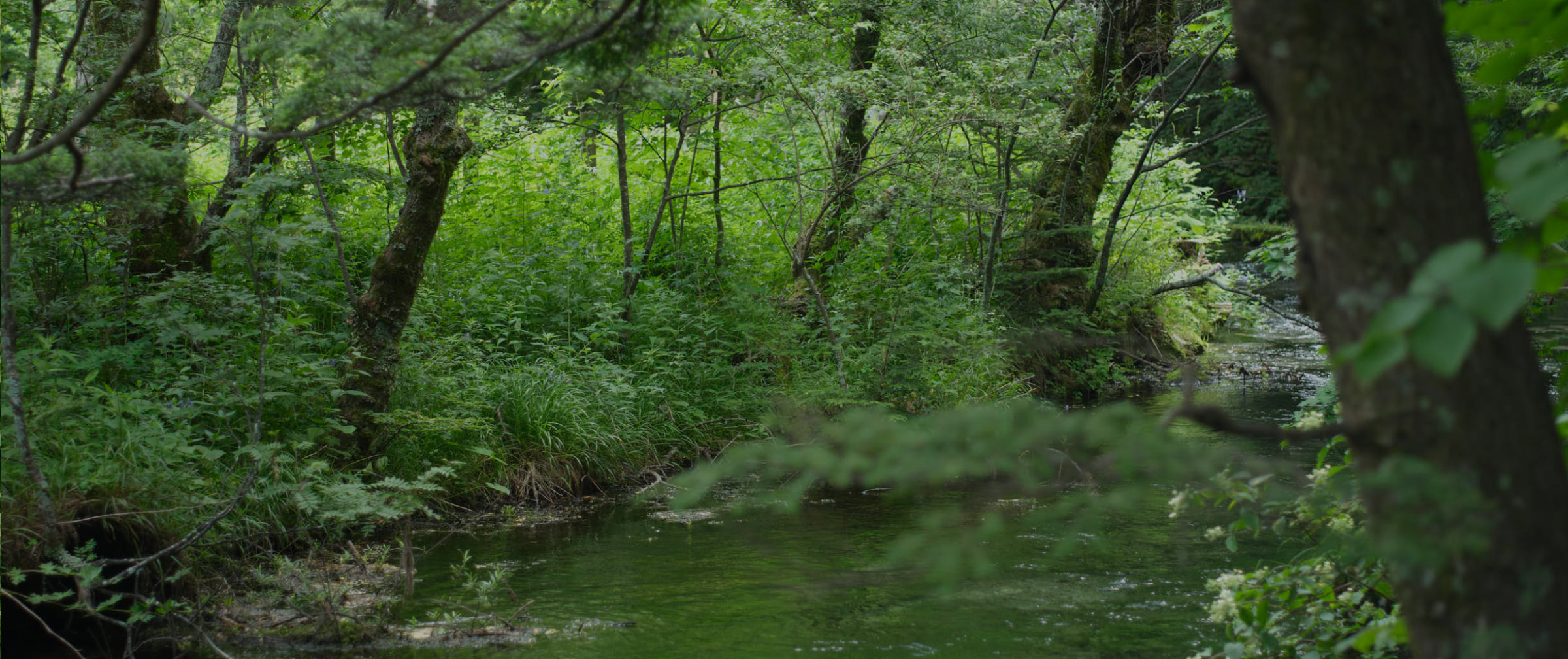
An abundance of snowmelt is one of the many blessings of the Kita Alps. The soft water that forms underground from the runoff springs out nurturing delicious crops at the foot of the mountains.
Matsumoto and Takayama are home to many sake breweries, each using this water to craft unique sake, carrying on the time-honored skills of the toji (master brewer).
With a treasure trove of forestry resources, the Kita Alps is also home to a craft culture of furniture and handicrafts made from hard lumber. Generally, most of the timber distribution in Japan comes from conifers grown in artificial forests because it is easy to machine. Sourcing from this local trove of trees is a way of upcycling that protects the biodiversity of the forests and maintains the quality of the soil and subsoil water. The area also benefits from its volcanos, with onsen dotted all over offering a variety of ambiances and water types to enjoy, such as Shirahone Onsen, which is located in a quiet hamlet away from the hustle and bustle of the town and is famous for its milky white color; Oku Hida Onsenkyo, which is home to some of Japan’s top rotemburo (outdoor baths); and Sawatari Onsen, a perfect way to heal your body after a long hike in the mountains.
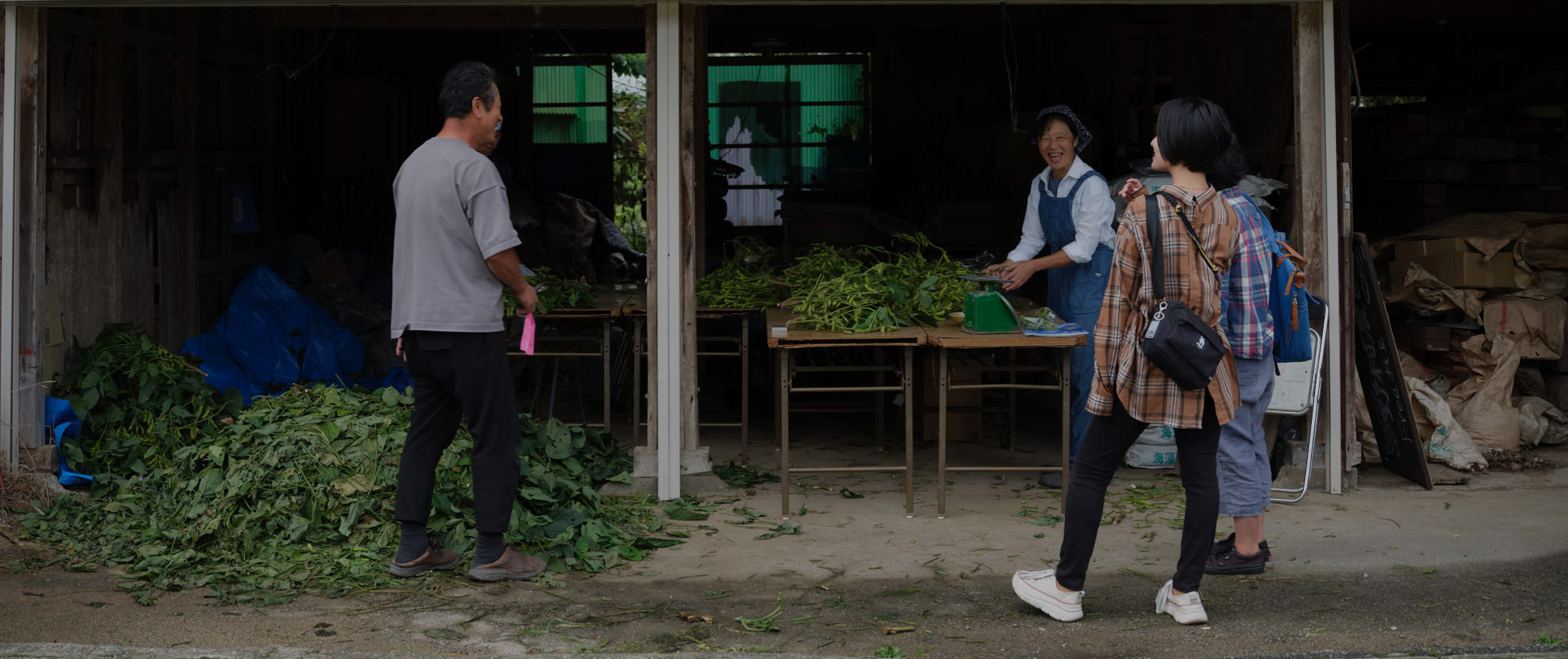
One of the joys of visiting the Kita Alps Traverse Route is interacting with the local people who have lived close to nature and are experts in its charms.
When you visit the restaurants to try the local cuisine, the general stores to search for handicrafts as souvenirs, or stay in the onsen and lodges, listen to the stories of the people who live off the bounty of the mountains.
Hiring a guide is a great way to enhance your outdoor adventure. From guides in Kamikochi, who have extensive knowledge about its ecosystem, to guides on Norikura, who know which activities will maximize your enjoyment of its landscape, each guide is guaranteed to provide you with incredible discoveries and experiences.
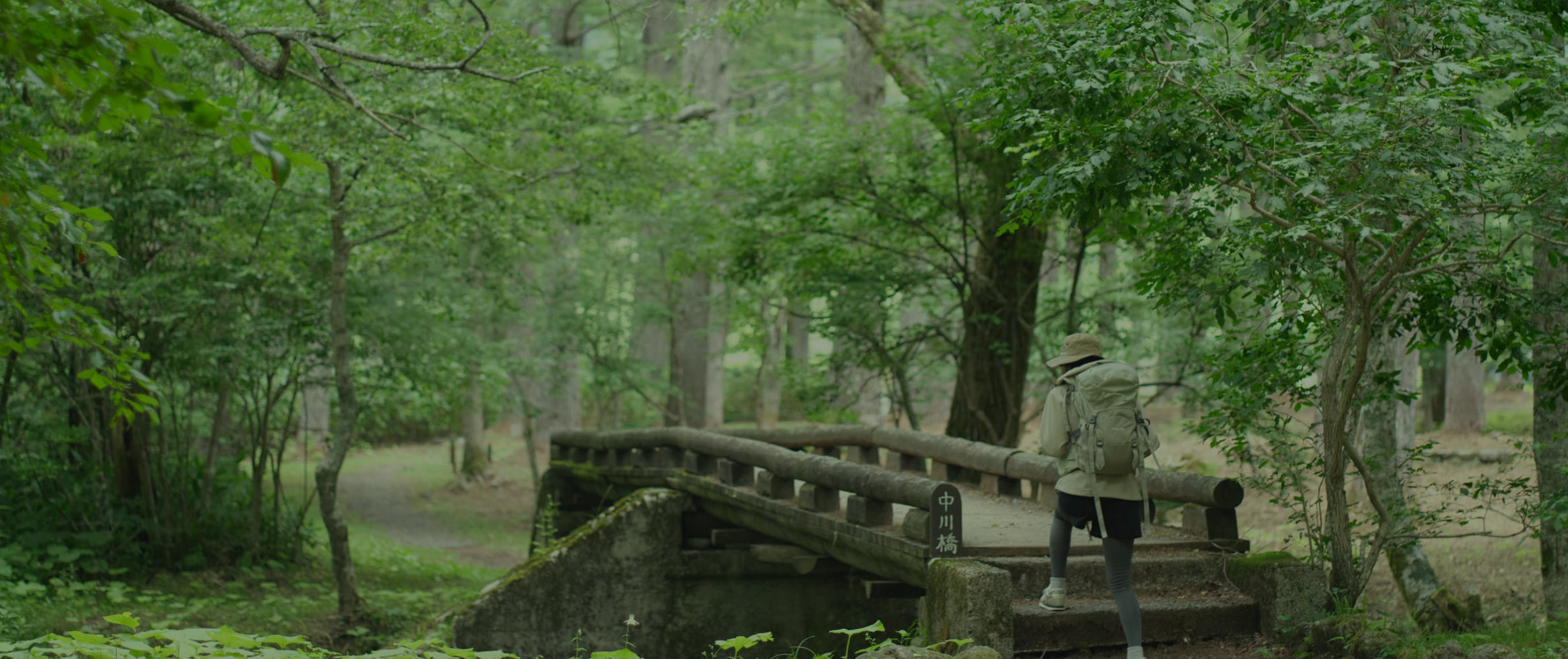
Various initiatives are underway to protect this beautiful, diverse natural landscape. For example, the Goshikigahara Forest, a vast forested area at the foot of Mr.Norikura, has made guides compulsory for access to all parts of the mountain, which helps protect the forest and provides detailed information about its value and people’s coexistence with it. Furthermore, In the Norikura Kogen, the community is working together to realize it as Japan’s first zero-carbon park.
For example, since Ichinose stopped using grazing to help maintain its grasslands, forests have started to grow back, but through joint logging efforts by the Ministry of Agriculture, Matsumoto City, and residents, they have been able to preserve the original landscape as a symbolic example of the coexistence between humans and nature.

With so many different elevations and landforms within its narrow terrain, the Kita Alps is inhabited by a myriad of flora, fauna, and wildlife. In addition to large mammals such as black bears and Japanese serows, the area is also home to birds such as the Rock Ptarmigan and great white-fronted geese, as well as alpine butterflies such as the Takanekimadara Seri and the Kumomatsumaki butterfly.
Various activities are underway to protect this precious ecosystem. The Rock Ptarmigan, a type of grouse remnant of the ice age, has been a particular focus of these efforts in recent years. Changes in human activity and climate change have reduced the number of birds to 1,700 by the 2000s and increased conservation efforts, including raising awareness among climbers with the help of local volunteers. As part of conservation efforts outside the local habitat, zoos in Japan are accumulating knowledge about breeding and rearing these animals.
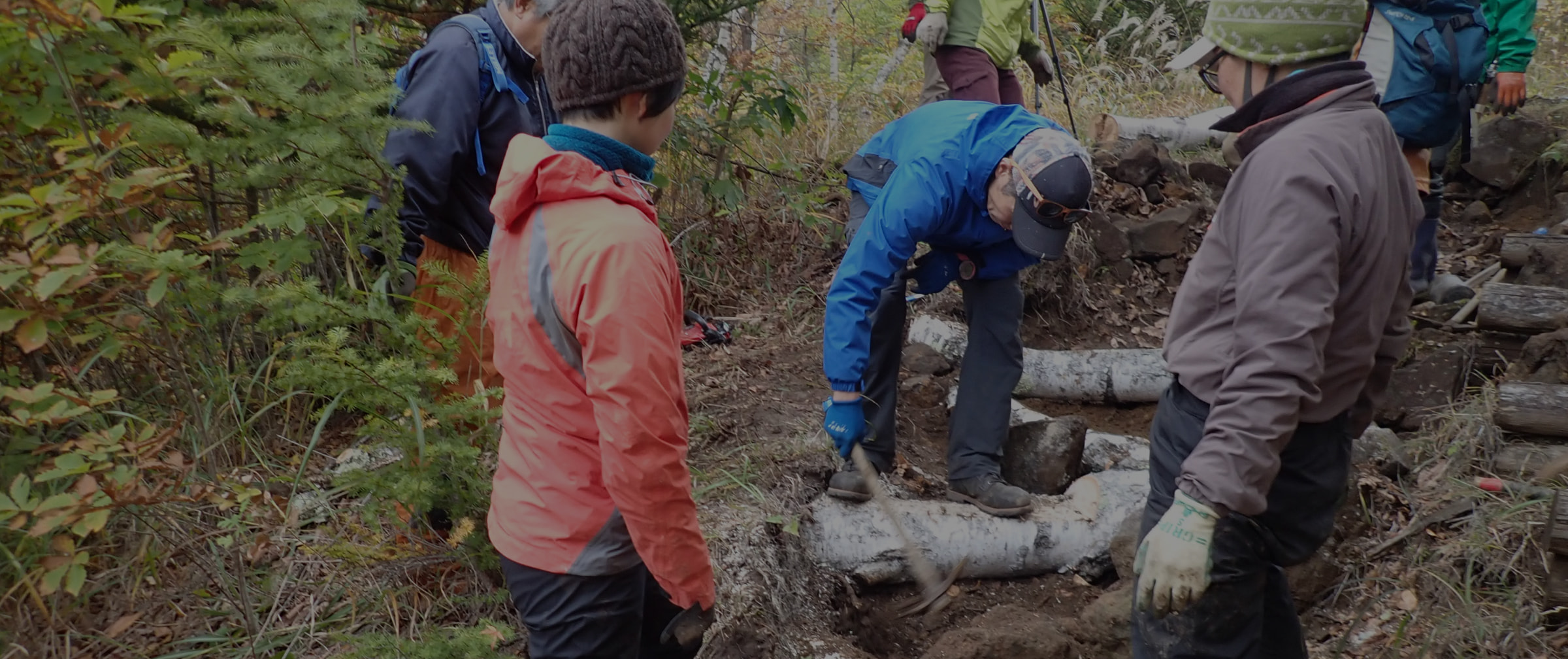
The Kita Aps doesn’t just rely solely on administrative organizations to maintain the trails. Mountain huts use a portion of the earnings to carry out caretaking tasks, such as clearing away snow and fallen trees, renewing wooden bridges, masonry, and other tasks using a portion of the revenue. However, the current system has become challenging to maintain due to rising helicopter transportation costs, increased damage caused by heavy rains, and the coronavirus outbreak.
On the other hand, government organizations need help to centralize the management. Additionally, past mountain use, regional characteristics, and how related parties interact have led to complex differences in maintenance methods, even in the Kita Alps. That’s why, in 2021, Nagano Prefecture (Yarigatake / Hotaka and Jonen mountain range) launched the “Kita Alps Trail Program,” an experimental study launched to source subsidies to realize sustainable trail maintenance. It is also essential for the future of mountain trails that travelers observe the rules and etiquette in mountain areas and reduce the burden on mountain lodges.
Enjoy the blessings of the Kita Alps, meet the local people, and discover the culture nurtured here. The more time you spend here, the more discoveries you will make and the more you will connect with the region’s charms. Preserving this culture and the tradition is part of our commitment to ensuring the Kita Alps Traverse Route continues forever to be a beautiful travel destination that travelers love to visit and residents are proud of.